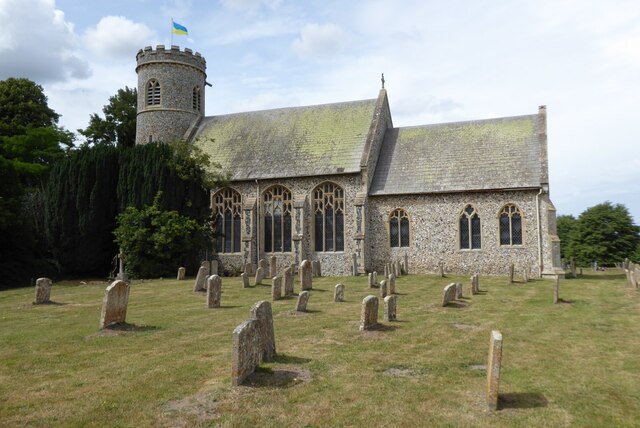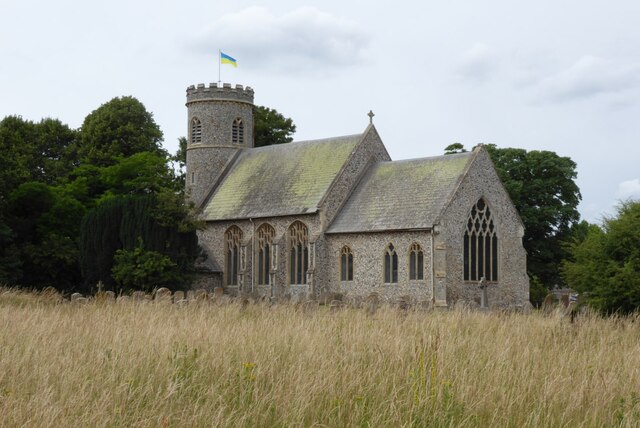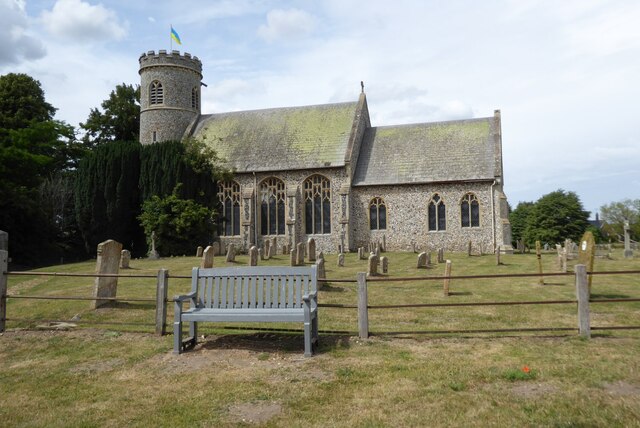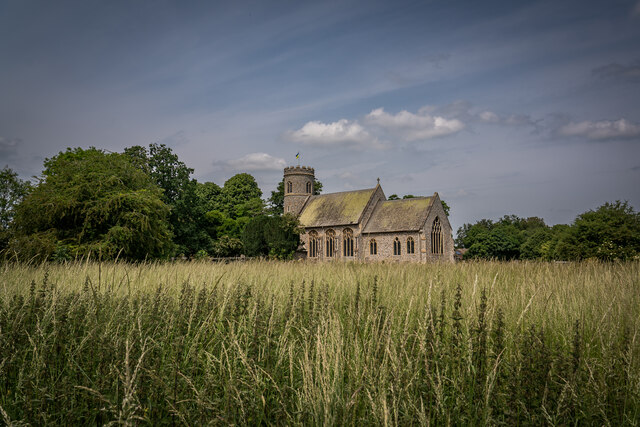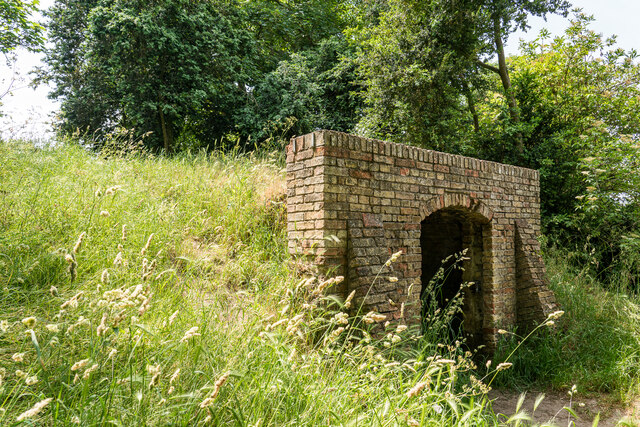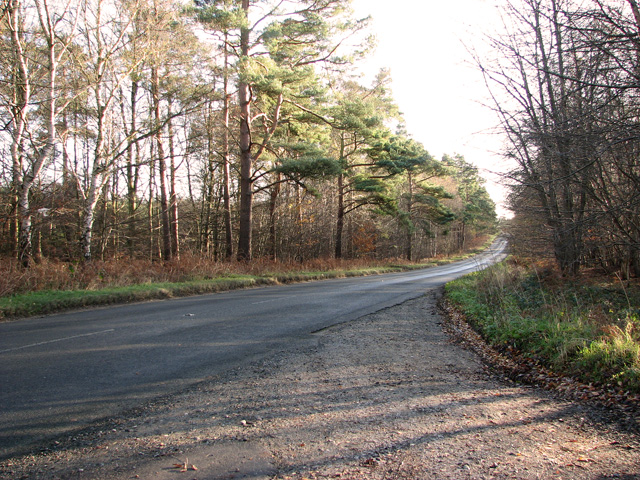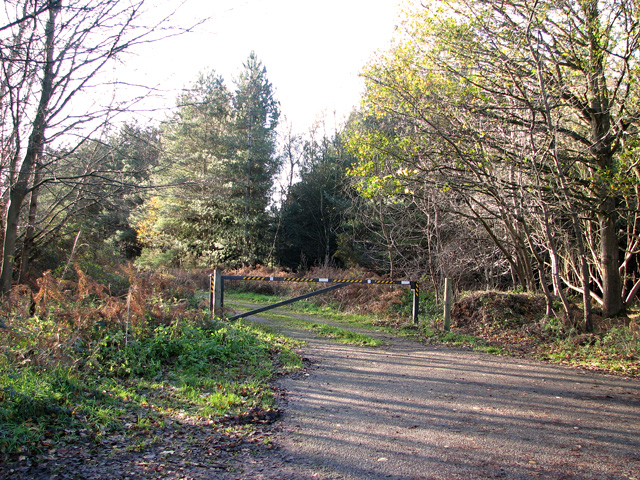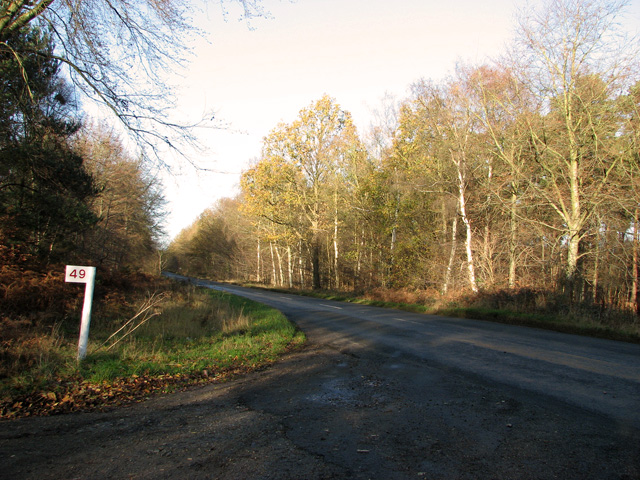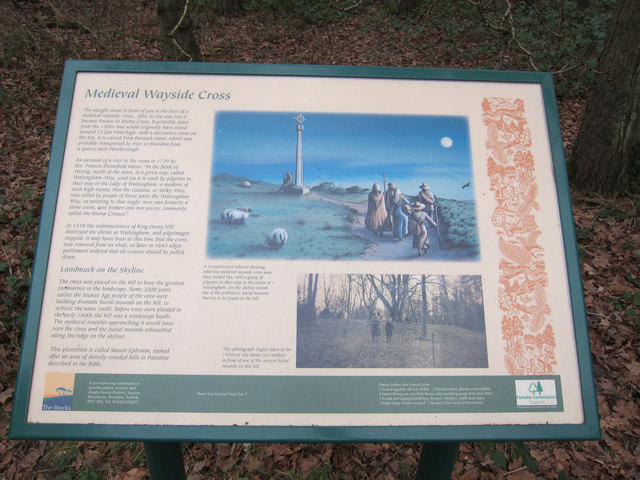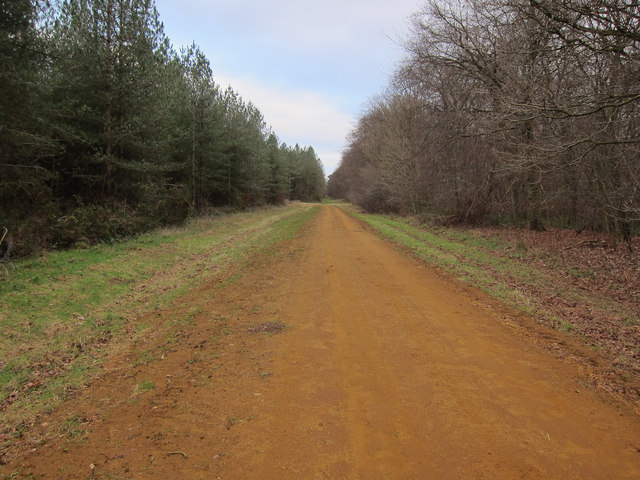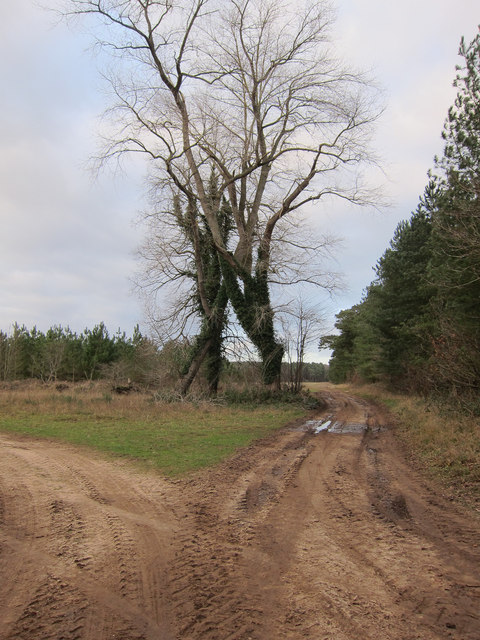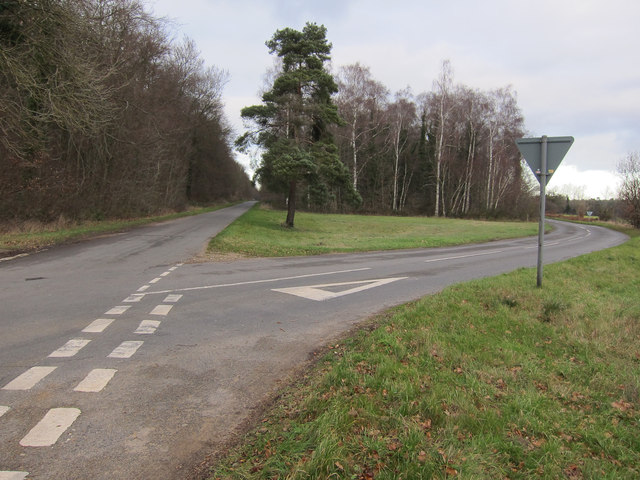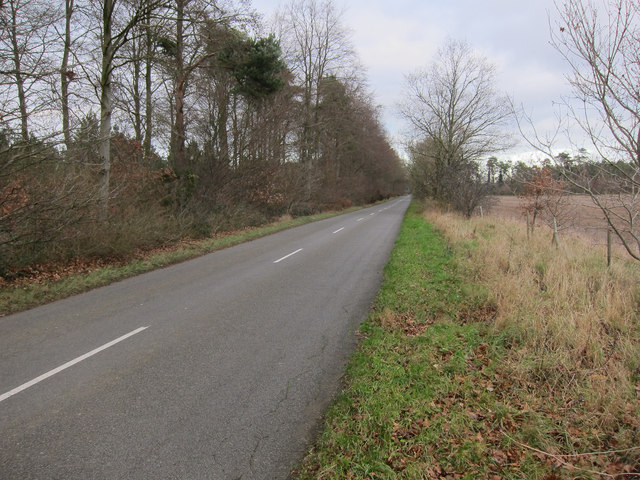Bunker's Hill
Hill, Mountain in Norfolk Breckland
England
Bunker's Hill
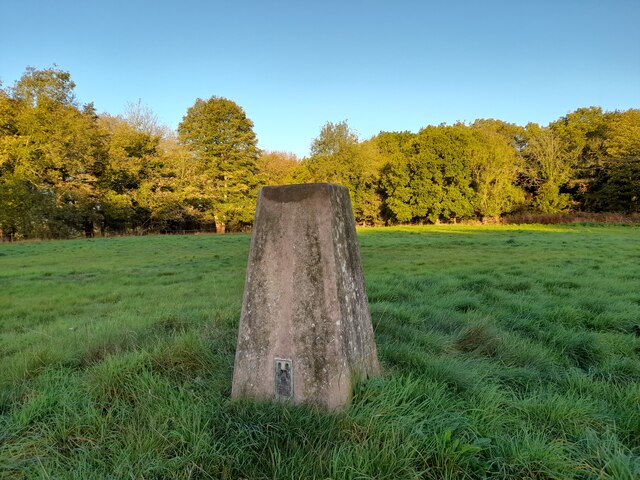
Bunker's Hill, located in Norfolk County, Massachusetts, is a small hill with historical significance. Situated in the town of Norfolk, it is part of the larger New England Upland region. Although the term "hill" may be a slight exaggeration, as it stands at a modest elevation, Bunker's Hill is still a notable landmark in the area.
The hill derives its name from a historical event that occurred during the American Revolutionary War. On April 22, 1775, as part of the Siege of Boston, the British forces attempted to capture the colonists' artillery stored on the hill. However, the American militia successfully defended their position, resulting in a significant victory for the patriots. This skirmish is often overshadowed by the more famous Battle of Bunker Hill, which took place in nearby Charlestown, but it remains an important piece of local history.
Today, Bunker's Hill is a popular spot for locals and visitors to enjoy outdoor activities. The hill features walking trails and offers scenic views of the surrounding countryside. It is also a peaceful place for picnics and relaxation. Additionally, the site has historical markers and plaques detailing the events that took place there during the Revolutionary War.
Overall, while Bunker's Hill may not be a towering mountain or a sprawling landscape, it holds a special place in the hearts of the residents of Norfolk. Its historical significance and picturesque setting make it a cherished landmark in the area.
If you have any feedback on the listing, please let us know in the comments section below.
Bunker's Hill Images
Images are sourced within 2km of 52.486737/0.60077017 or Grid Reference TL7690. Thanks to Geograph Open Source API. All images are credited.
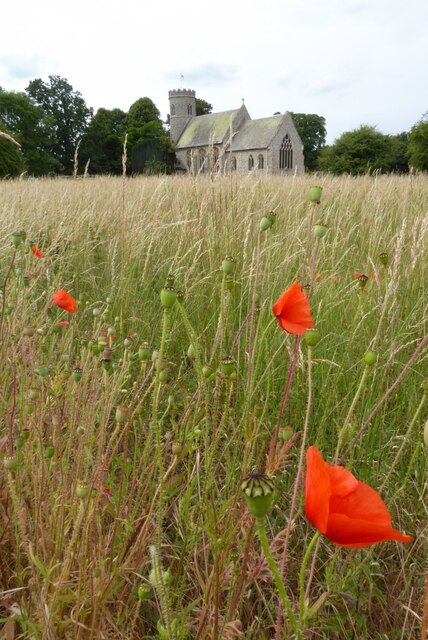
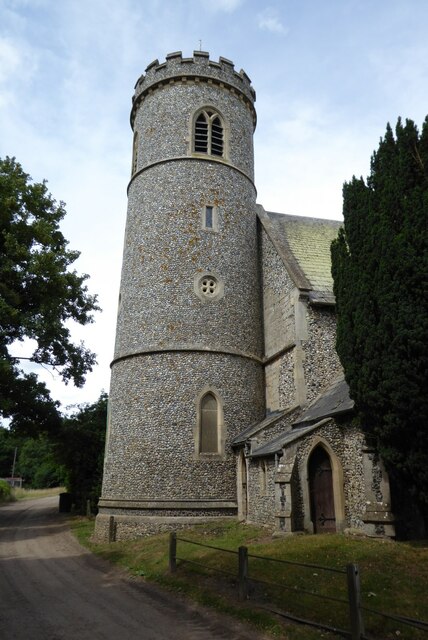
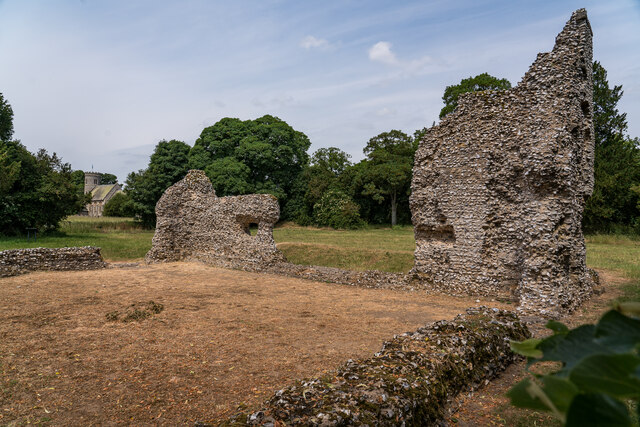
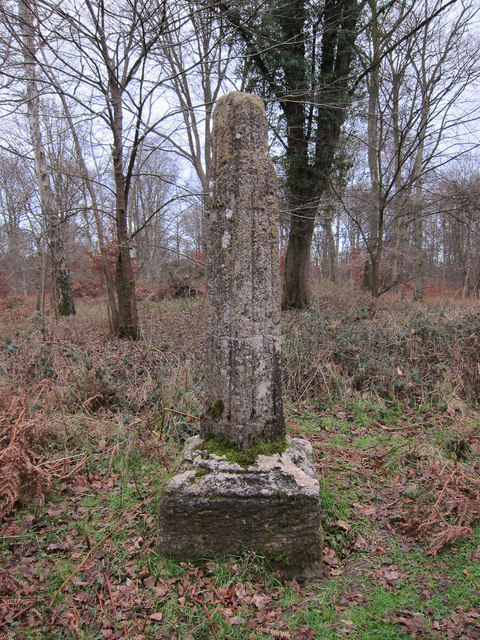
Bunker's Hill is located at Grid Ref: TL7690 (Lat: 52.486737, Lng: 0.60077017)
Administrative County: Norfolk
District: Breckland
Police Authority: Norfolk
What 3 Words
///december.dimension.grandest. Near Weeting, Norfolk
Nearby Locations
Related Wikis
South West Norfolk (UK Parliament constituency)
South West Norfolk is a constituency represented in the House of Commons of the UK Parliament since 2010 by Liz Truss of the Conservative Party, who briefly...
Weeting Castle
Weeting Castle is a ruined, medieval manor house near the village of Weeting in Norfolk, England. It was built around 1180 by Hugh de Plais, and comprised...
Weeting
Weeting is a village in Norfolk, England. The population can be found in the civil parish of Weeting-with-Broomhill. The village's name means 'wet place...
Weeting Heath
Weeting Heath is a 141.8-hectare (350-acre) biological Site of Special Scientific Interest west of Thetford in Norfolk, which is managed by the Norfolk...
Weeting-with-Broomhill
Weeting-with-Broomhill is a civil parish in the English county of Norfolk. It covers an area of 25.16 km2 (9.71 sq mi) and had a population of 1,751 in...
Cranwich Camp
Cranwich Camp is a 13.1-hectare (32-acre) biological Site of Special Scientific Interest north-west of Thetford in Norfolk. It is part of the Breckland...
Brandon railway station
Brandon railway station is on the Breckland Line in the East of England, serving the town of Brandon, Suffolk, although the station is actually situated...
Cranwich
Cranwich is a village and civil parish in the English county of Norfolk, about 2 miles (3.2 km) northwest of Mundford. For the purposes of local government...
Related Videos
Weeting Castle and St Marys Church in Weeting.
Weeting Castle In Norfolk, and also features St Marys Church which is a beautiful flint church.
Ancient Tree Falls in High Winds at Weeting Castle
Around August 22 2020, I heard reports that an ancient tree had fallen in the grounds of Weeting Castle in Norfolk. There had ...
A Visit to the Village of Weeting, Norfolk, 2022
In this video I am visiting the village of Weeting-with-Broomhill, known as Weeting. We visit several sites of interest as well as a ...
HORROR IN THE ICE HOUSE - MYSTERIES GHOSTS & HORROR - Season.01. Episode.01.
Venture with us as we investigate a very haunted 18th century Ice House and the ruins of a medieval country house with a moat at ...
Have you been to Bunker's Hill?
Leave your review of Bunker's Hill below (or comments, questions and feedback).
